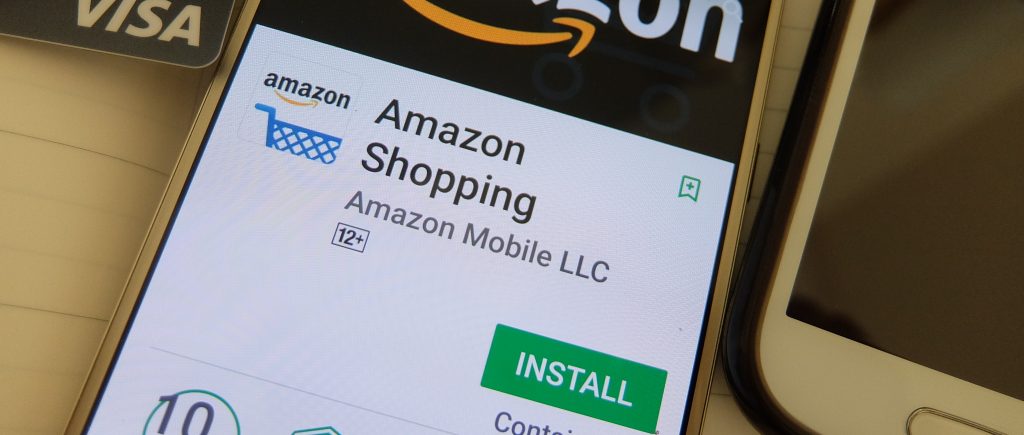Amazon shares dropped as much as 9% in extended trading on Thursday after the company issued a revenue forecast that trailed analysts’ estimates.
Amazon on Thursday gave a revenue forecast that trailed analysts’ estimates. Growth rates are at their slowest since the dot-com bust in 2001. The company recorded a $7.6 billion loss on its investment in electric vehicle maker Rivian.
Amazon recorded a $7.6 billion loss on its Rivian investment after shares in the electric vehicle company lost more than half their value in the quarter. That resulted in a total net loss of $3.8 billion. Revenue increased 7% during the first quarter, marking the slowest rate for any quarter since the dot-com bust in 2001 and the second straight period of single-digit growth.
Amazon said it expects second-quarter revenue of $116 billion to $121 billion. Analysts were projecting sales of $125.5 billion, according to Refinitiv. The second-quarter forecasts suggests growth could dip even further, to between 3% and 7% from a year earlier.
Like Google and Facebook earlier this week, Amazon is attributing much of the slowdown to macroeconomic conditions and Russia’s invasion of Ukraine. “The pandemic and subsequent war in Ukraine have brought unusual growth and challenges,” Amazon CEO Andy Jassy said in a statement. He added that the company is “squarely focused” on offsetting costs in its fulfillment network now that staffing and warehousing capacity are at normal levels.
“This may take some time, particularly as we work through ongoing inflationary and supply chain pressures, but we see encouraging progress on a number of customer experience dimensions, including delivery speed performance as we’re now approaching levels not seen since the months immediately preceding the pandemic in early 2020,” Jassy said.
Amazon has been navigating a host of economic challenges, including rising inflation, higher fuel and labor costs, global supply chain snarls, and the ongoing pandemic. To offset some of those costs, Amazon earlier this month introduced a 5% surcharge for some of its U.S. sellers, the first such fee in its history. And last quarter, Amazon hiked the price of its U.S. Prime membership for the first time in four years to $139 from $119.
Amazon and Apple, which also reported results on Thursday, are the last of the Big Tech class to update investors on their start to the year. So far it’s been a mixed bag, with ad-supported businesses struggling due in part to macroeconomic conditions and the war in Ukraine.
Amazon’s advertising revenue was $7.88 billion during the quarter, falling short of analysts’ estimated $8.17 billion. Still, the segment grew 23% year over year, faster expansion than its ad peers. Google’s ad revenue increased 22%, slowed down by YouTube, which recorded weaker-than-expected growth of 14%. Facebook’s ad revenue rose by just 6.1%, the weakest growth in the company’s 10-year history as a public company.
Amazon’s cloud-computing unit continues to hum along nicely. Sales at Amazon Web Services increased 36.5% year over year to $18.44 billion, above the $18.27 billion projected by Wall Street.
Earnings: $7.38 per share, adjusted, vs. $8.36 expected, according to Refinitiv
Revenue: $116.44 billion vs. $116.3 billion expected, according to Refinitiv
Amazon Web Services: $ 18.44 billion vs. $18.27 billion expected.
Advertising: $7.88 billion vs. $8.17 billion expected.

 Noor Trends News, Technical Analysis, Educational Tools and Recommendations
Noor Trends News, Technical Analysis, Educational Tools and Recommendations




